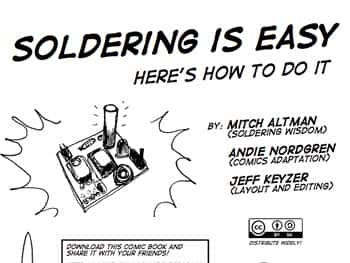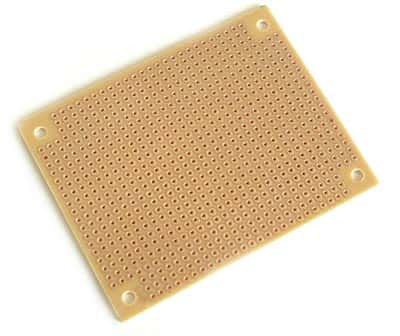Although soldering electronic components in place is a complex activity, most people involved with the soldering process do not realize it. Complicated chemical and thermal processes occur within a very small space when soldering. To make a good solder joint, it is necessary to follow a few basic rules.
Apart from just making good electrical contacts, solder joints should also be mechanically strong and must not oxidize. Additionally, there should not be chemical residues in the joint. Usually, chemical residues come from flux, which can corrode plastic and metallic surfaces both.
Manufacturers offer solder in three categories—consumer, industrial, and high-end. The automotive and health industry makes use of the third category. Consumer and industrial grades are more common for manual, automated, and other construction purposes.
For several years, the standard was the leaded solder. With a relatively low melting point of around 183 °C, leaded solder has good flow and wetting characteristics. For proper melting and formation of a good solder joint, the recommended temperature at the tip of a soldering iron is 120 °C above the alloy’s melting temperature. This corresponds to a tip temperature of about 300 °C.
Manufacturers provide flux inside the hollow of the solder wire. The flux helps to dissolve oxides of the metals at the solder joint. General purpose leaded solder is typically an alloy of tin and lead in the ratio 63:37. Typically, the tin in the alloy amalgamates with the metal (typically copper), producing an alloy of the two metals, as an intermetallic diffusion zone. This helps to form a good solder joint, well-formed, mechanically strong, and durable.
However, an ideal solder joint does not happen in all cases. Sometimes, the solder forms a cold solder joint. Reasons for the formation of a cold solder joint are the presence of highly oxidized metals and dirt, inadequate heating, or fast cooling after the melting process. Inadequate wetting is common in cold solder joints, leading to easy detachment of components.
It is easy to recognize a cold solder joint with leaded solder. The joint has a dull matte surface against a shiny, glossy surface of a good solder joint. With lead-free solder, this is no longer the case. Newer alloys of lead-free solders usually form a matte surface. However, this depends on the specific composition, and it remains matte whether the solder is establishing a good or a cold joint.
New lead-free solders are RoHS compliant, meaning they do not contain certain hazardous substances, as specified by the EU Directive and the Restriction of Hazardous Substances.
The lead content in lead-free solder cannot cross a 0.1% limit. The intention is to prevent the operators from inhaling toxic vapors. Earlier, the use of suitable extraction systems prevented the risk of such inhalation, provided they were in actual use.
The absence of lead in lead-free solders has resulted in an increase in their melting point. The presence of about 95% tin raises the melting point of the alloy from ~217 °C to ~227 °C. This also changes the flow characteristics. Higher temperatures mean the actual soldering time must be small to prevent damage to the components.


